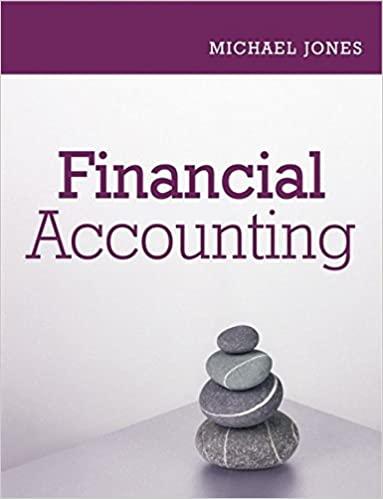Answered step by step
Verified Expert Solution
Question
1 Approved Answer
Please consider a banking system consisting of a central bank and three commercial banks (Bank A, B and C). The balance sheets of the three

Please consider a banking system consisting of a central bank and three commercial banks (Bank A, B and C). The balance sheets of the three commercial banks are presented below. Currency in circulation amounts to 500. Besides loans to the banking sector, the central bank only holds securities as assets. 25 Assets Reserves Securities 85 Loans Bank A Liabilities Deposits Borrowings from the central bank 200 60 200 Bank B Liabilities Deposits Borrowings from the central bank Assets Reserves Securities 200 Loans 50 400 300 Borrowings from Bank A 50 500 Assets Reserves Securities Loans Bank C Liabilities 20 Deposits 130 Borrowings from the central bank 350 Borrowings from Bank A and B 160 150 100 a) Present the balance sheets of the banking system as a whole and the balance sheet of the central bank b) Next, determine the size of the monetary base and the size of the money supply (MI). c) Assume that banks do not hold excess reserves. Use the answers under a) and b) to determine the required reserve ratio (r) and the maximum) deposit creation multiplier (please round to two decimals). Also explain why, in practice, the multiplier might be lower. d) How would the balance sheets of the central bank and the banking system change (present the new balance sheets) after: 1) a sale of 50 of securities by the central bank to the banking sector (disregard the required reserve ratio for this scenario) and 2) (Using the balance sheet you just modified) the central bank setting the required reserve ratio to 0.15, still assuming that banks do not hold excess reserves? Assume the banking system will sell securities to meet this new reserve requirement, and disregard the effect of the money multiplier. What would be the motivation of the central bank to sell securities and what would be the motivation to raise the required reserve ratio? e) Now assume that banks wish to hold excess reserves amounting to 27 in the situation under d), (the required reserve ratio remains at 0.15). Determine the so-called currency ratio (c), the 25 excess reserve ratio (e) and the money multiplier (m). Explain why m is (by definition) lower than the deposit creation multiplier. f) What do you expect to have happened with Ml in the euro area in the period 2006 (end of year) to 2012 (most recent), i.e. during the recent financial crisis? Explain your answer and check whether the hypothesis can be confirmed using actual data
Step by Step Solution
There are 3 Steps involved in it
Step: 1

Get Instant Access to Expert-Tailored Solutions
See step-by-step solutions with expert insights and AI powered tools for academic success
Step: 2

Step: 3

Ace Your Homework with AI
Get the answers you need in no time with our AI-driven, step-by-step assistance
Get Started


